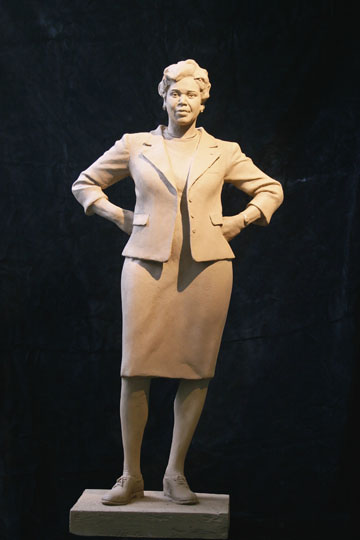Because the purpose of memorials is to represent and remember a person or event, they make arguments. Once there is representation, there is argument. It's also clear that memorials make arguments because people get very excited about how and where someone or something is represented. That’s why the rebuilding of the Twin Towers site is still being discussed. This sort of passionate argument about memorials is also seen in University of Texas at Austin's statue situation. One part of the UT statue controversy is that many have called for the removal or modification of statues of those famous confederates Robert E. Lee and Jefferson Davis. This is not a new controversy and complaints have been made for years.

In addition to this, the University is attempting to diversify its statues in order to counter-balance the confederate representatives. This can be seen in the Martin Luther King statue installed in 1999 and the more recent statues of Cesar Chavez, which was just unveiled, and Barbara Jordan, which is still in the works. The Barbara Jordan statue is particularly interesting as an example of visual rhetoric, and maybe body-language rhetoric, because the design has gone through two versions. Barbara Jordan was the first African American to represent a southern state in Congress, and the first design had her sitting on a bench leaning back as if to take something out of a briefcase. Supporters of this design felt that it conveyed her as a politician of the people (anybody can sit next to her on that bench), who was not controlled by special interests during her time in office. Dissenters said that it didn’t portray her power or strength. Some said it didn’t look like her, and others wondered why she had to sit while other white, male statues such as Davis and Lee got to stand. In any case, that design was scrapped, and now they have a new one with her standing tall, hands on hips. I can’t see how you can get more powerful than that. Clearly who gets a statue and what that statue looks like says a lot about what people and what events are important to UT.

Recent comments
2 years 29 weeks ago
2 years 44 weeks ago
2 years 44 weeks ago
2 years 50 weeks ago
3 years 4 weeks ago
3 years 4 weeks ago
3 years 4 weeks ago
3 years 6 weeks ago
3 years 6 weeks ago
3 years 6 weeks ago